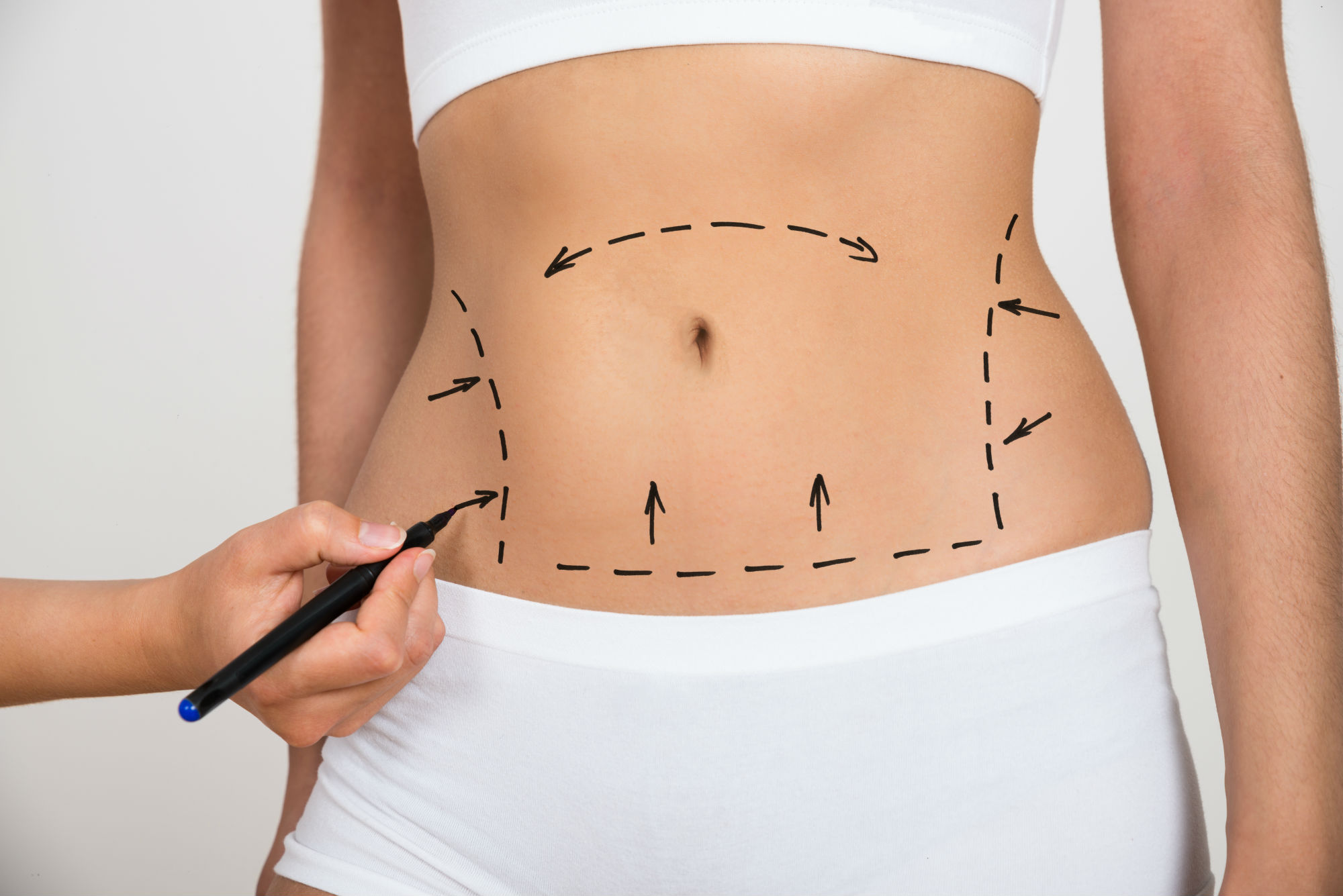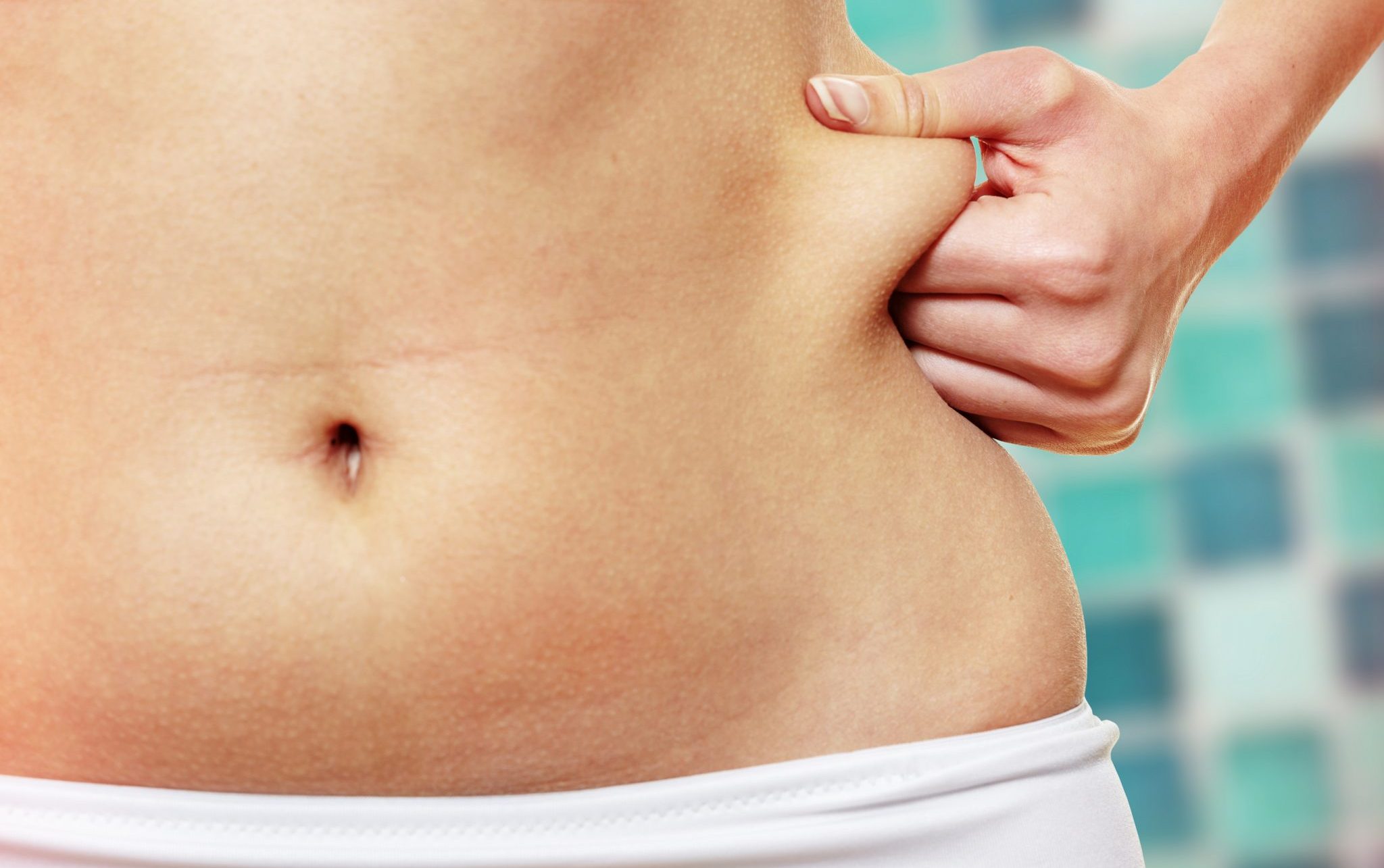For anyone trying to get into shape, slipping into an old pair of jeans and finding it two sizes too big is the greatest reward and ultimate testament of your hard work, discipline and determination. Suddenly, all those months of misery, flipping tires at the gym (and blocking all those Instagram food accounts) become absolutely worth it. However, if you’ve shed a significant amount of weight, you may find that clothes are not the only things that now hang and sag on your body. We’re talking about loose and excess skin.
The protein collagen is responsible for the skin’s elasticity, allowing it to expand to accommodate the extra mass when you gain weight. However, it doesn’t have the capability to shrink or shorten, causing your skin to droop and sag after major weight loss. Factors like age, genetics, sun exposure and smoking also affect your skin’s ability to snap back and tighten.
Generally, the longer someone has been overweight, the looser their skin will be after weight loss, with reductions of 50 pounds or more typically resulting in a greater amount of hanging skin, especially for those with older or mature skin.
For some, loose and sagging skin can become a source of embarrassment that casts a shadow over an otherwise life-changing achievement: hitting a healthier weight and transforming your body. But as it turns out, this doesn’t have to be the case. From skin-toning creams and nonsurgical devices to actual surgery, there are steps you can take to help your body regain tighter and firmer skin.
1. Build muscle through exercise.
Just because you’ve already hit your goal weight doesn’t mean you can throw away that gym membership. Crash diets and too much time on the treadmill don’t just melt fat—they can also make you lose muscle. By increasing mass through resistance training, you not only prevent your muscle from wasting, you also help your body regain definition and get rid of flabbiness.
Strength training will expand muscles and tighten the skin in that area. We also know that high-impact exercises, such as aerobics, can rejuvenate the skin. This helps create elasticity, giving skin a more youthful appearance.

2. Boost collagen-production with topical creams.
On their own, topical body-firming creams may not be able to produce the same results that you would get from in-office procedures, but experts agree that a skin care regimen focused on ingredients with collagen-forming components can help improve the skin’s appearance. Firming and toning products are made of multiple growth factors, peptides and antioxidants. These are used for their ability to increase collagen levels by targeting biochemical processes involved in collagen production and breakdown. These creams have been shown to help after pregnancy and in the early stages of skin loosening.
3. Ask your doctor about non-surgical procedures.
Non-invasive in-office procedures are on the rise and for good reason: they offer noticeable results without needing to go under the knife. But when it comes to skin tightening, it’s important to have realistic expectations. You won’t get the same results they would with surgery—which removes the excess skin—but the body is able to contract the skin with non-surgical devices by a couple of millimeters, so if all you need is a small amount of tightening, you’ll get a response.
The most common types of non-surgical procedures that address loose skin include:
Laser: A minimally invasive procedure, this treatment uses an infrared light source “to tighten by heating the collagen under the skin’s surface,”. Laser treatments often require two or three sessions, with little to no recovery, making it an increasingly popular choice.
Ultherapy: This ultrasound-guided treatment allows for precise targeting of the skin’s layer that needs to be treated and is best for raising drooping eyes and restoring skin on the neck and décolletage. The body responds to the controlled thermal injury by increasing collagen production, which results in skin tightening.
Microneedling: This procedure uses a roller or an electric device with pulsating needles to create tiny holes in the skin. The body’s repair mechanism kicks in, creating fresh new collagen to fill in the holes, creating tighter skin with improved texture. Topical anesthesia is applied to numb the targeted area. This procedure is best used over necklines and usually requires six sessions to produce noticeable results.

4. For more advanced cases, consider surgery.
Whether it’s for health or purely cosmetic reasons, it’s hard to get excited at the thought of getting poked and snipped on the surgery table, but in cases where the skin has sagged enough to warrant more invasive intervention, classic plastic surgery procedures such as facelifts and tummy tucks are the way forward.
Surgery does give you the ultimate tightening effect because you’re actually removing the excess skin. The disadvantage to this is the downtime, bruising associated with it, discomfort and potential scarring. It’s also possible you might not like the end result and when you pull the skin like that, you are thinning it—making it more susceptible to sun damage.
5. Lastly, stay hydrated and eat a balanced diet.
Take it from the French girls: Keeping skin healthy and nourished is best achieved through hydration and the easiest way to do that is by drinking eight glasses of water daily. Aside from preventing dryness and maintaining its natural glow, a study shows that water can also help improve your skin’s elasticity.
When it comes to nutrition, including certain nutrients in your diet can help with collagen production. Adequate protein is vital for healthy skin and amino acids lysine and proline play a direct role in collagen production. Likewise, vitamin C is needed for collagen synthesis and also helps protect skin from sun damage.
We hope the tips listed above will help give you the confidence to show off that new body you’ve worked so hard to achieve! Let us know in the comments below if you have any tips of your own to share.


